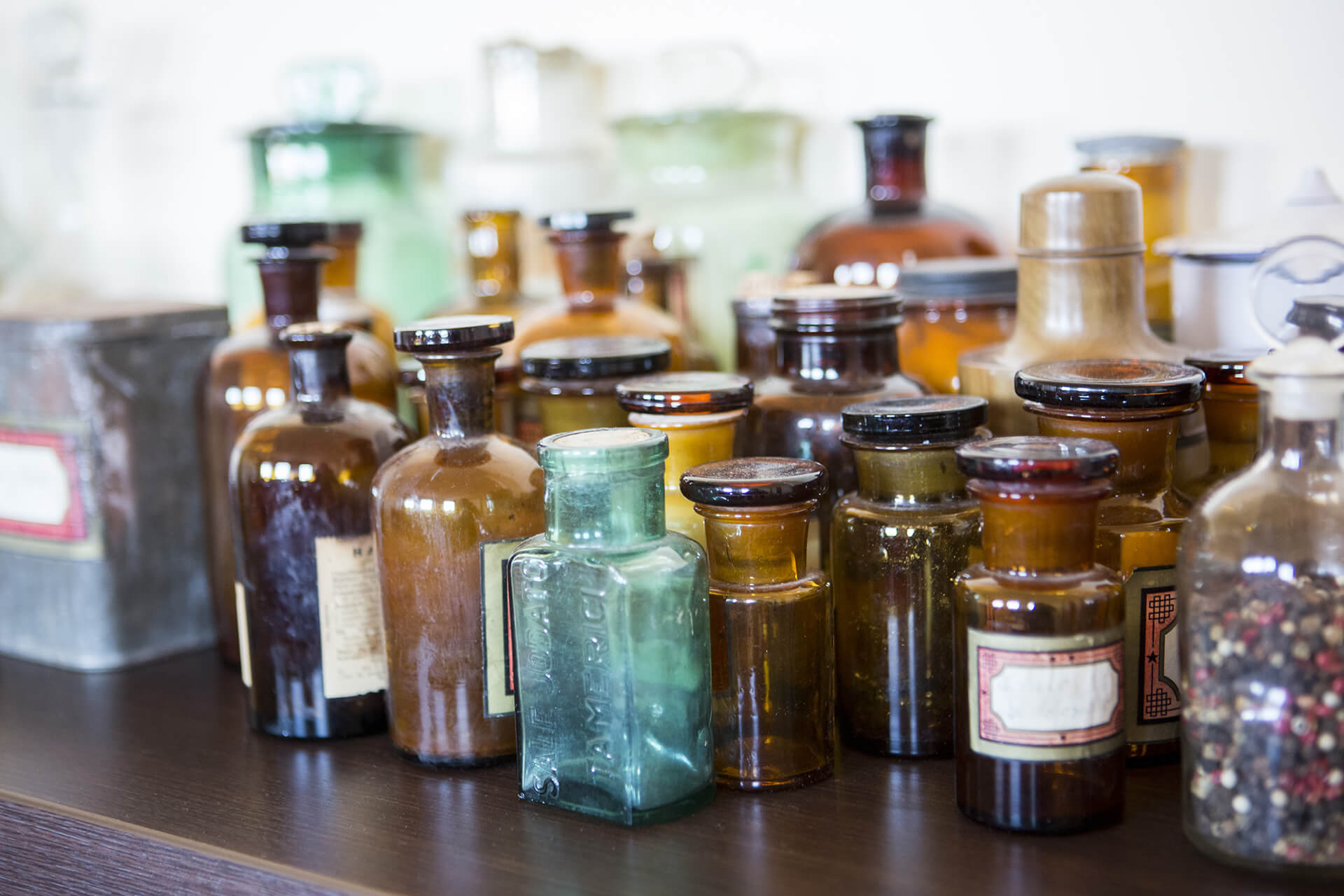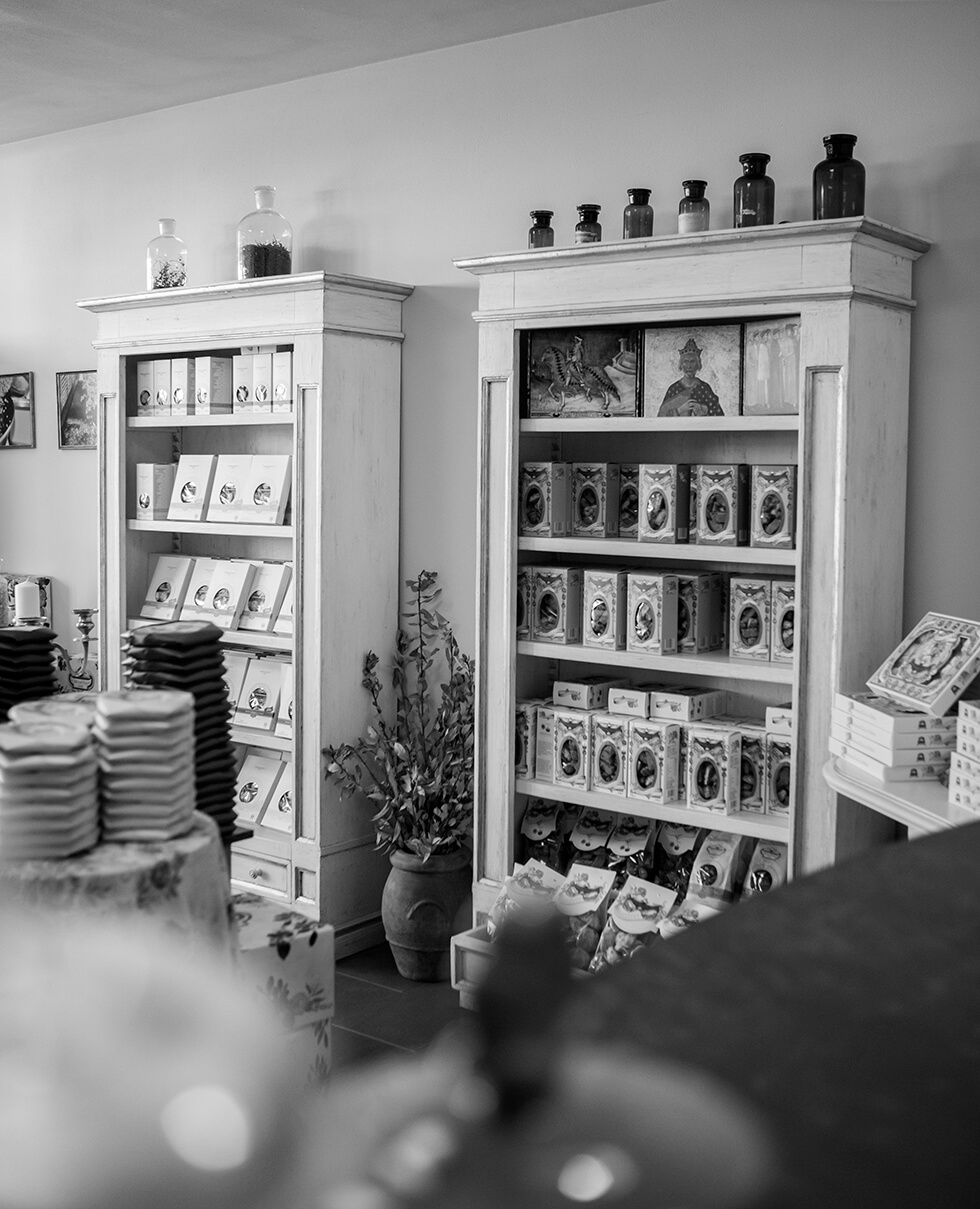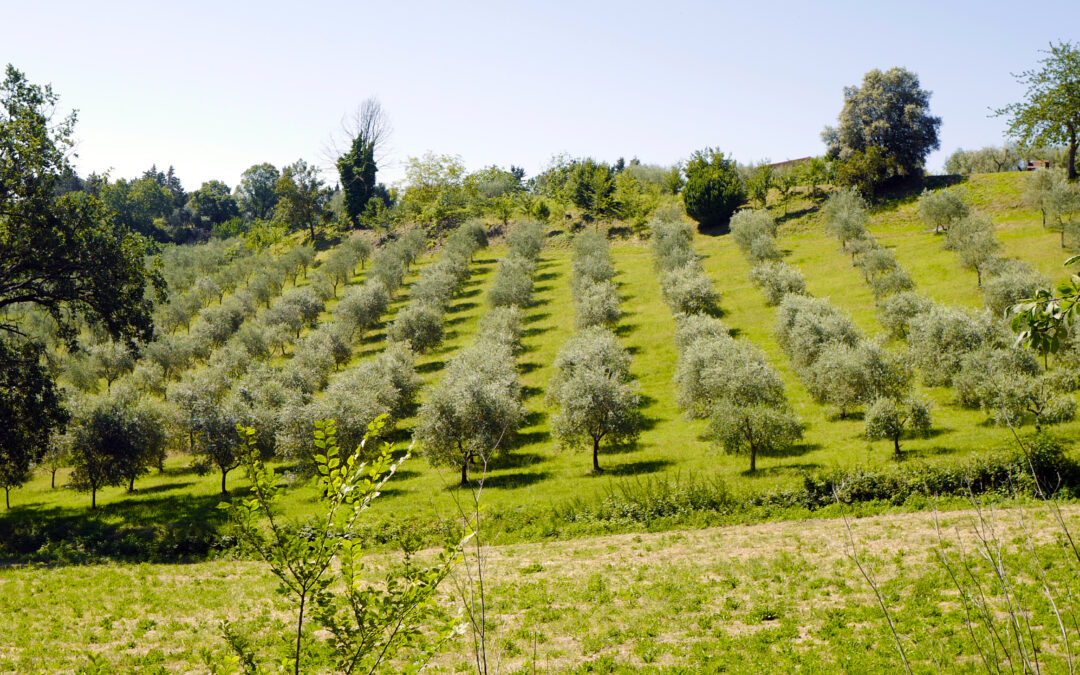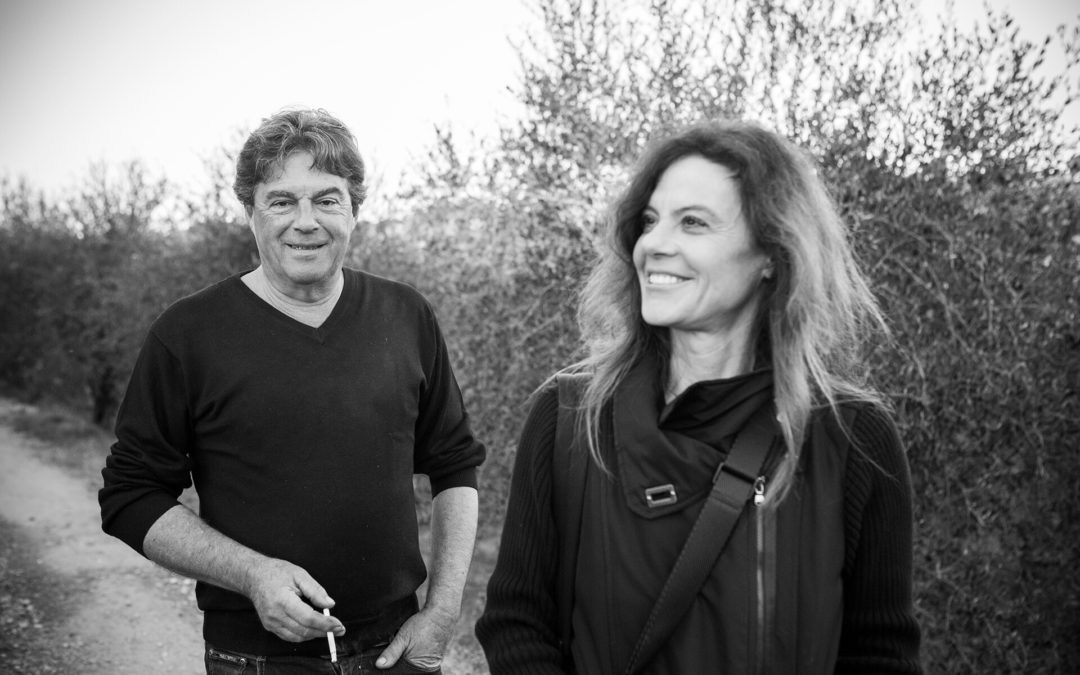FAUSTO
My brother Marco is almost nine years older than me. When I started kindergarten, he was already dating his first, maybe second, girlfriend. I understood much later why he didn’t have time to play with me. He raced scooters while I learned to bike. He rode horseback while I roller-skated. He secretly skipped high school while I dutifully won academic prizes.
And yet I was not a typical “girly girl”: I was not fond of playing with dolls, and the beautiful pink ribbons that my mom used to tie around my hair never stayed bow-shaped for very long. I constantly spied on Marco and his group of friends, knowing that one day I would drive fast like them, and though I wouldn’t be a hunter like Marco, I would at least be the kind of girl who could shoot and center a target with a bow and arrow or slingshot.
Fausto was, and still is, one of my brother’s best friends. Besides memories of their juvenile adventures, they share a genuinely deep love of Tuscan traditions, dedicated to preserving the original flavors and essences of our homeland.

In 1995 Fausto opened “La Fabbrica del Panforte”, an artisanal company that produces Panforte and all the other Sienese cakes considered by many to be among Italy’s oldest, best desserts.
In 1995, Fausto opened La Fabbrica, an artisanal company that produces panforte and other cakes—panpepato, cavallucci, ricciarelli and copate—considered by many to be among Italy’s oldest, best desserts. All the recipes come from a Tuscan town particularly close to my heart, Siena, date back to the 13th century, when the town’s wealthy merchants started to trade more actively with the east, returning with all sorts of spices, including cinnamon, pepper and cloves. During this period, the plain old panes melatos, made simply with flour, water, figs, grapes and honey were infused with new and piquant flavors, giving way to panes melatos et pepatos, a strong, spicy and most tasty bread.
The process of making panforte evolved through the centuries, thanks to the dedication of the spice sellers, the speziali. They were the pharmacists of their day, and were in fierce competition with one another each to secure the best recipe. As you might imagine, such recipes were zealously guarded. Respecting an ancient custom, I never asked Fausto which recipe he followed. All I know is that his panforte has 17 ingredients, a likely reference to the number of city districts that participate in Siena’s legendary and rollicking annual horse race, the Palio di Siena. It’s a kind of local Super Bowl, an event that the whole town takes very seriously.

I visited La Fabbrica del Panforte a few times. Always impeccably well-dressed in the style of a country gentleman, Fausto had me taste some of the raw ingredients he uses for the dough—almonds and candied oranges shipped directly from Sicily.
He claims that they are the best ones on the market. He also gave me a lesson on how to wrap and package a panforte properly. It’s an elaborate process, to say the last. The fabbrica has a gym and other recreational spaces for his employees, including a dining room with beautiful photos of his employees at work.

Fausto’s passion for baking started early when, as a young kid, he watched his grandmother and mother prepare cakes for the holidays. He has vivid memories of the scent of sugars mixed with spices infusing the kitchen with the promise of a sweet Christmas. And even if today the Sienese cakes are produced all year round and distributed all over the world, Fausto still defends their sacredness.
My visits to Fabbrica del Panforte normally end in Fausto’s office, a small room full of objects with personal meaning —books about Tuscany that I’ve borrowed and a photograph of him in his twenties—a Tuscan Alain Delon.
Always dressed as a country gentleman, Fausto is a kind and generous person.
His hair is still the same, with a rebellious tuft hanging over his forehead. He coquettishly moves it from side to side. Fausto is a kind and generous person. It is hard to leave his office without receiving a few boxes of cookies as a gift. He always speaks lovingly of his daughter Margherita, who is studying fashion in school and designing handbags.
From Fausto’s tone of voice, you sense his hope that she will eventually come work with him. For now, however, let her explore her interests. After all, sharing the name of history’s best-known panforte, dedicated as it was to the Queen of Savoy during her visit to Siena in 1879, is already a very heavy responsibility.





